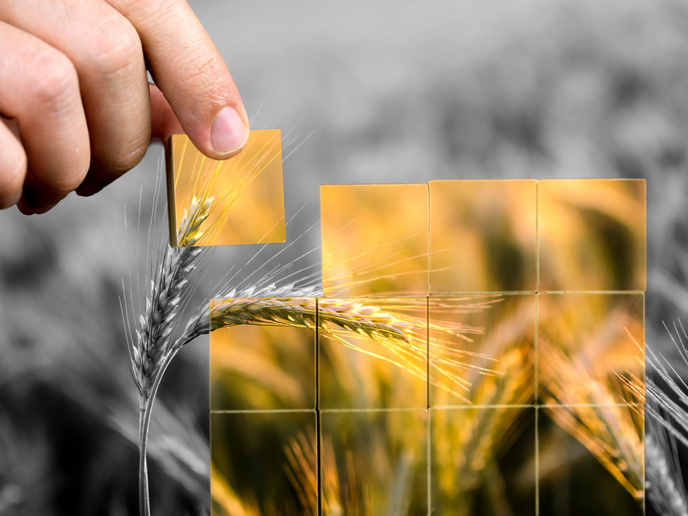Understanding the microbiome ecosystem of cows
Ruminants, such as cattle, are unique in that they have a specific anatomy that allows them to digest what would otherwise be indigestible plants. For example, the first stomach, called the rumen, contains a collection of microorganisms, or microbiome, that allows the animal to break down the plant biomass it consumes and convert it into energy. “This cooperation between the cow and its microbiome has evolved over the course of millions of years, to the point where the animal is now dependent on their microbiome to digest food,” says Itzhak Mizrahi(opens in new window), a professor at Ben-Gurion University of the Negev(opens in new window). Mizrahi says that this relationship also has a major impact on humans. “It is this same microbiome that allows cows to convert the energy stored in plants into digestible food products for human consumption, such as meat and milk,” he adds. Because this symbiotic relationship between cows and humans is so effective, livestock has grown into one of the dominant forms of food production. But this relationship also causes challenges. For example, the world’s 1.5 billion cows consume about 20 % of all the crops grown on earth and occupy nearly 30 % of Earth’s total land mass. Furthermore, during the process of microbial fibre degradation, methane, a highly potent greenhouse gas, is produced and emitted into the atmosphere. “Critical challenges like climate change, environmental conservation and food security all have a line leading back to the rumen and its resident microbiome,” explains Mizrahi. “Thus, the more we know about the microbiome, the better positioned we will be to increase food availability and develop environmentally friendly livestock.” With the support of the RuMicroPlas project, funded by the European Research Council(opens in new window), Mizrahi is leading a team of researchers that aim to do exactly that.
Plasmids and the rumen ecosystem
One of the project’s primary focuses was plasmids, mobile genetic elements found in cells that can replicate independently of the chromosomes. “Our goal was to understand the role plasmids play in the rumen ecosystem – how they are sustained when the ecosystem is altered, how they change over time, and whether or not they can be modified or controlled,” remarks Mizrahi. In trying to answer these questions, researchers discovered that different microbiome ecosystems exist even between cows on the same farm eating the same exact diet. “We found that some of these ecosystems diverted less energy to the animal and emitted more methane, while other microbial communities emitted less methane and diverted more energy to the animal, resulting in the production of more milk,” explains Mizrahi. Researchers believe this difference comes down to the plasmids. “Huge amounts of genes are carried by plasmids, but we aren’t actually sure what many of them are coding for,” adds Mizrahi.
Towards more energy and less methane
What researchers do know is that these genes could potentially be modulated in a way that would impact the development of the microbiome ecosystem. “Such an intervention would allow us to tip the scale towards ecosystems capable of producing more energy and less methane,” concludes Mizrahi. “Doing so would represent a big step towards increasing food security while also decreasing the harmful greenhouse gas emissions responsible for climate change.” Knowing that such modifications are possible, researchers have now turned their attention to figuring out how to engineer a more productive – and less gassy – microbiome ecosystem, the focus of the EU-funded RuMinimum project.







